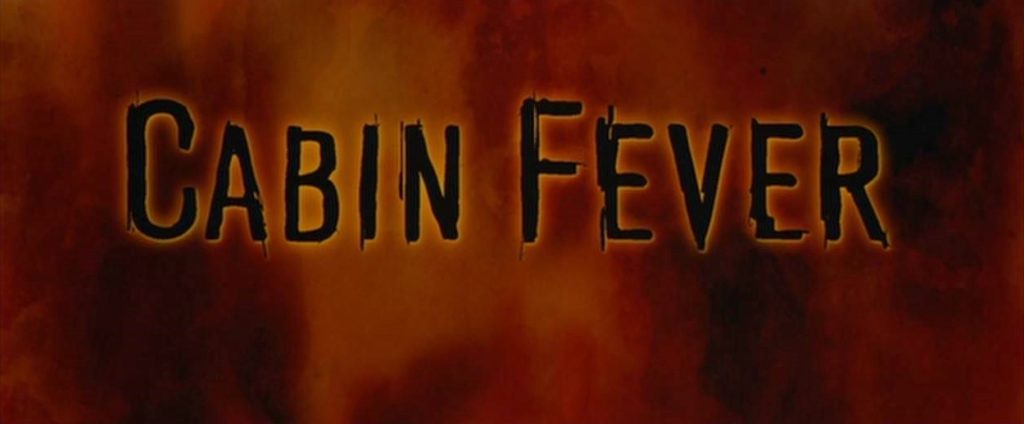What started off as our best attempt to stay at home and limit the spread of the COVID-19 virus has quickly become a stressful exercise in learning to be comfortable within our own comfy homes. For the majority of the white-collar population, the prospect of staying at home for a couple of weeks was a welcome reprieve from the obligations of interacting with the day-to-day people that encompassed venturing out in the wild; it was a break from the chronic stress that comes with commuting, the obligatory in-person interactions, and the hustle and bustle of what we have all become numb to.
Then something odd happened: people started craving those interactions. Like a twisted version of Stockholm syndrome, people began to yearn for those interactions, while vocalizing their seeming lust for even the more stressful/unhealthy general encounters that they once attributed to the cost of admittance of daily life. Even introverts began taking to Instagram and Facebook, seemingly en-masse, to protest their inability to cancel hypothetical plans that they normally would cancel anyway, but no longer have the option.
It blew my mind. But human beings are social animals; even you introverts out there, much to your chagrin. The fact is, form a psychological standpoint, human beings do not cope well at all with social isolation. To put it bluntly: human beings begin to go absolutely batshit when there is no tangible (in-person) human interaction after 72 hours. Mix that with the seeming “trapped” feeling that stay-at-home orders brings out for the folks who aren’t accustomed to keeping their own company for more than a few hours at a time, and that same group begins to teeter into a realm that mixes apeshit and batshit; hilarity and/or poor decisions promptly ensue.
Dealing with stress, while differing according to the stressor, all has the same default framework:
- Stop: Can it wait 3 seconds? Use those 3 seconds to stop and breathe. Can it wait 30 seconds? Even better, use it. The point here is, unless there is a literal gun pointed at your head, whatever it is that is stressing you out can wait a few minutes. You owe it to yourself, and you owe it to whatever situation you’re in, to be working with a clear and efficacious mind. Emotional minds don’t make logical decisions. Think about this: how many decisions in your life, that in the moment you were REALLY stressed out and felt cornered to decide NOW, actually needed an immediate response? Now think about how much better that decision would have been if you had given it 1 minute, or 5 minutes, or 30 minutes before making a decision.
- Identify WHAT is stressing you out: Put an actual name to what you’re feeling. Chances are, it’s fear. Fear of what? Failure? Pain? Some unfavorable outcome? Fear oftentimes comes from a feeling of lack of control. A quick and tangible way to gain control with “unknowns” is to make them “known.” Identifying what you’re worried about means you can now identify means to mitigate it. This acts as a conduit directly into….
- Can you ACTUALLY control the outcome: This one is big, and it involves some honesty within yourself. Can you identify any mitigatory steps outlined in step 2? If you can, then do them. Act on them to the best of your ability. If you can’t, or if you see the situation as completely out of your control, I would implore you to rinse and repeat to step 1. You may still be in a heightened emotional state, and not using the “executive” cerebral functions of your brain. Your amygdala is still running the show, which means you can’t be creative in problem solving just yet. In calm settings, we can all take stock of the fact that we ALWAYS have an option or a path forward with a problem. Even if that means NOT doing anything; that’s doing something. Walking away is also on the table. When you can identify even the most extreme recourse, you begin to put actions into perspective and get a broader context of the tools you have to deal with your situation.
That was a lot, but what does it have to do with stay-at-home orders? I’m stuck in my living room, not performing reconnaissance in a mountain range!?!
Two things.
First, this is the best time to develop stress mitigation habits that you can use when you are confronted with stressors in public, away from the safety and comfort of home. You’re spending a lot of time with yourself without the benefit of the countless external distractions of the outside world, so use it. Second, by practicing and building on this method, you’ll open your eyes to creative and logical ways of dealing with cabin fever. Skype calls, phone calls, interactive webinars, Reddit chat… The possibilities for mitigating the lack of social contact are aplenty, and by de-escalating the emotional state that cabin fever creates, you’ll be able to examine and determine what methods are most effective for you.

